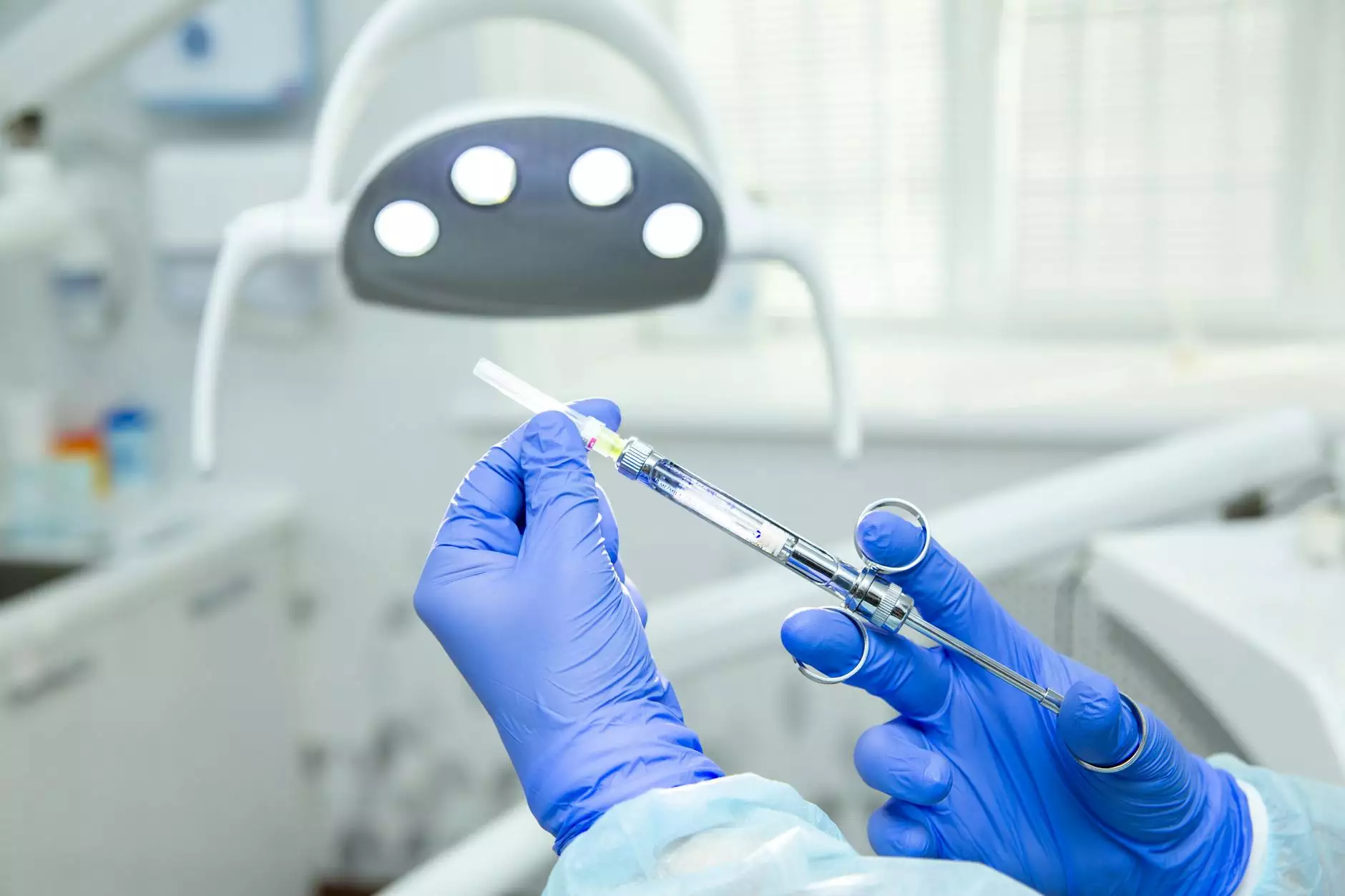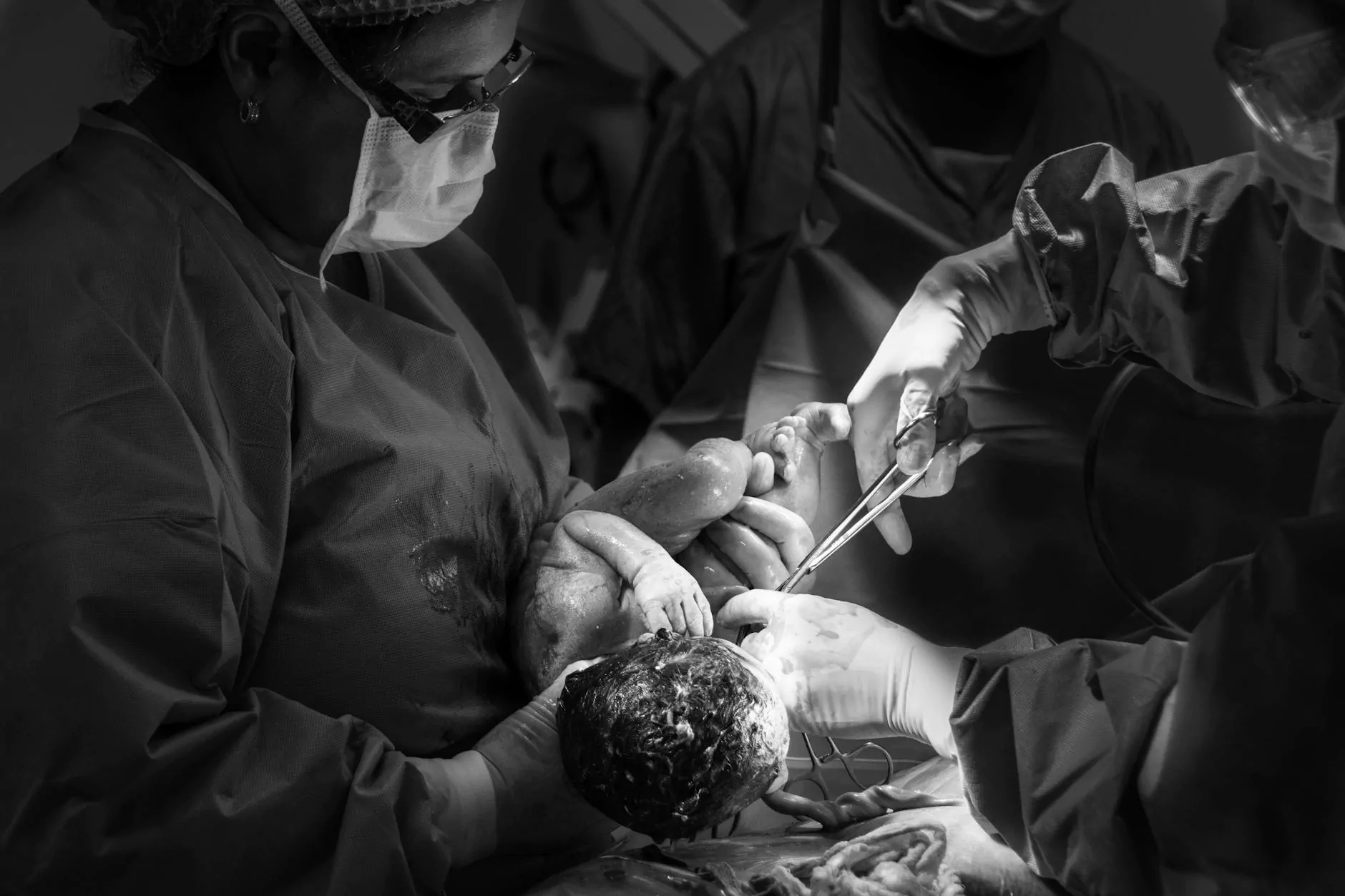Understanding Laparo Hystero Salpingo Oophorectomy: A Comprehensive Guide

The term laparo hystero salpingo oophorectomy may seem complex, but it represents a vital surgical procedure that can significantly impact women's health. This article will delve deep into the anatomy involved, the reasons for the surgery, the procedure itself, recovery, and the potential benefits and risks associated with it. Our aim is to provide a detailed yet comprehensible overview of this important topic.
What is Laparo Hystero Salpingo Oophorectomy?
Laparo hystero salpingo oophorectomy, commonly abbreviated as LHSO, is a surgical procedure that involves the removal of multiple reproductive organs through minimally invasive techniques. It combines four critical elements:
- Laparo: Referring to the abdomen, indicating the laparoscopic approach.
- Hystero: Indicates the uterus is being removed.
- Salpingo: Refers to the fallopian tubes, which are also removed during the procedure.
- Oophorectomy: The surgical removal of one or both ovaries.
This type of surgery is typically performed under general anesthesia, and it is usually indicated for various medical conditions affecting the reproductive system, such as cancers, severe endometriosis, or other gynecological disorders.
The Importance of Laparoscopic Techniques
One of the significant advancements in the medical field is the use of laparoscopic techniques. Laparoscopy is a minimally invasive surgical procedure that involves small incisions rather than large cuts, which results in several advantages:
- Reduced Recovery Time: Patients typically experience a shorter recovery period compared to traditional open surgery.
- Less Pain: The smaller incisions lead to reduced post-operative pain and discomfort.
- Minimal Scarring: Laparoscopic surgery often results in smaller scars, which are aesthetically preferable.
- Quicker Return to Normal Activities: Patients can usually return to their daily routines much sooner.
Indications for Laparo Hystero Salpingo Oophorectomy
Doctors may recommend laparo hystero salpingo oophorectomy for several reasons, including:
- Cancer Diagnosis: In cases where cancers of the uterus, ovaries, or fallopian tubes are present, removal may be necessary to prevent spread.
- Severe Endometriosis: Women suffering from advanced endometriosis may benefit from the removal of the uterus and ovaries to alleviate pain and other symptoms.
- Ovarian Tumors or Cysts: If there are significant growths on the ovaries that pose a risk to health, extraction might be essential.
- Pelvic Inflammatory Disease (PID): Chronic PID may necessitate surgical intervention to remove affected organs.
The Surgical Procedure Explained
Before undergoing a laparo hystero salpingo oophorectomy, patients will undergo thorough evaluations, including imaging tests and physical exams, to confirm the need for the procedure. The actual surgery typically follows these steps:
- Anesthesia Administration: The patient is placed under general anesthesia for the duration of the surgery.
- Incisions Made: Several small incisions are made in the abdomen to allow the insertion of a laparoscope and surgical instruments.
- Gallbladder Removal: Utilize the laparoscope to visualize the organs and identify any complications or conditions. All necessary organs are removed carefully.
- Closure of Incisions: Once the procedure is completed, the surgeon will close the incisions using sutures or surgical glue.
The entire procedure can take approximately one to three hours, depending on the complexity of the case. After surgery, patients are monitored for recovery before being released.
Recovery After Surgery
The recovery phase following a laparo hystero salpingo oophorectomy generally varies from patient to patient. Here are some common aspects to consider:
- Hospital Stay: Patients may stay in the hospital for a day or two for post-operative monitoring.
- Pain Management: Pain relief medications are prescribed to manage any discomfort post-surgery.
- Activity Restrictions: It is crucial to follow the doctor's advice regarding physical activity, with restrictions often advised for several weeks.
- Follow-Up Appointments: Regular follow-ups with the healthcare provider ensure proper healing and monitor any potential complications.
Benefits of Laparo Hystero Salpingo Oophorectomy
Choosing to undergo a laparo hystero salpingo oophorectomy can bring various benefits to women facing health challenges associated with their reproductive system:
- Pain Relief: Many women experience significant pain relief post-surgery, particularly those with endometriosis or fibroids.
- Improved Quality of Life: The removal of diseased organs can drastically enhance a patient’s overall quality of life.
- Reduced Cancer Risk: Significantly lowers the chances of cancer spread in those diagnosed with malignancies.
- Convenience in Management: For some women, surgical intervention simplifies ongoing health management and reduces the need for extensive medical treatments.
Potential Risks and Complications
Like any surgical procedure, laparo hystero salpingo oophorectomy comes with potential risks. It is essential for patients to be informed:
- Infection: As with any surgical procedure, there is a risk of infection at the incision sites.
- Bleeding: Some patients may experience bleeding during or after the surgery.
- Damage to Surrounding Organs: There is a potential risk of injury to nearby organs, such as the bladder or bowels.
- Hormonal Changes: Oophorectomy can lead to immediate menopause in women, which can cause various symptoms.
Conclusion: Embracing the Future of Women’s Health
The laparo hystero salpingo oophorectomy procedure is a powerful tool in women's healthcare, addressing severe health concerns effectively and efficiently. Innovations in surgical techniques, particularly minimally invasive methods, have transformed outcomes for countless women, enhancing recovery speed and overall wellbeing.
For those seeking expert guidance on this intricate procedure, Dr. Seckin emerges as a leading authority in the field. With a commitment to patient-centered care, comprehensive assessments, and personalized surgical options, Dr. Seckin’s practice stands at the forefront of women's health.
By understanding the implications, benefits, and risks of laparo hystero salpingo oophorectomy, patients can make informed decisions about their reproductive health. For further inquiries and personalized consultations, reach out to Dr. Seckin through his website: drseckin.com.









